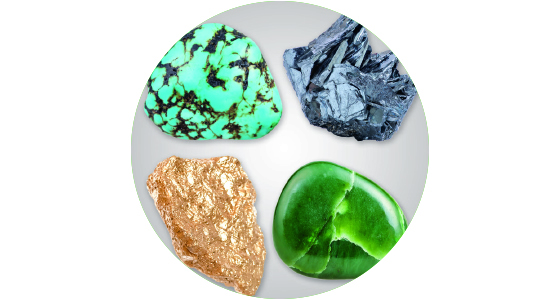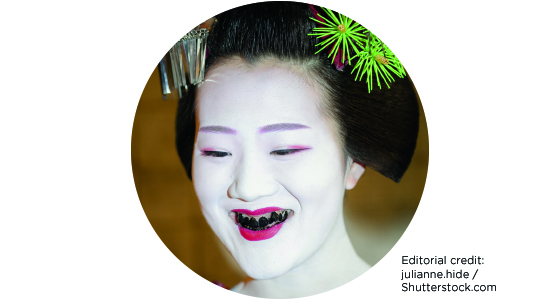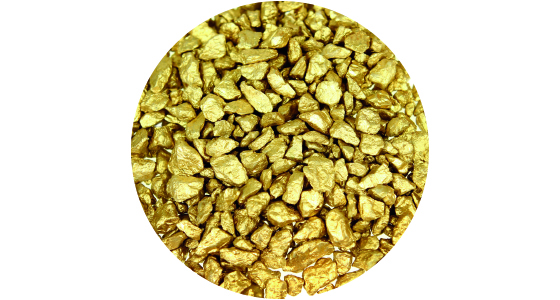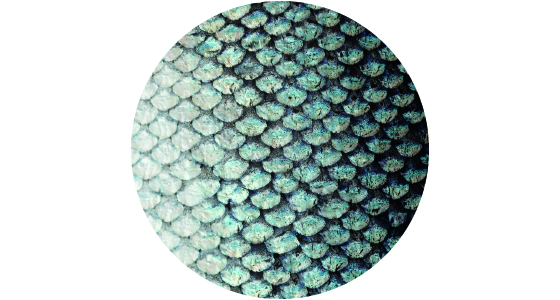Those looking for a little extra bling may turn to their teeth. Despite cosmetic dentistry having a long history from around the world, we recommend steering clear of such embellishments to avoid painful and costly complications.
Lifestyle
History of oral health: Teeth embellishments
1800 B.C. to A.D. 250
Possibly the most skilled early teeth embellishment came from Mayan dentists, who drilled holes in teeth and added gems such as jade, turquoise, gold and hematite. These jewels were attached with adhesives such as plant sap.
1178
The earliest written record of cosmetic dentistry stems from China, where records describe “a fierce tribe with gold-pegged teeth.” Such stained or decorated teeth were considered a mark of beauty.
Today: Options to embellish teeth include tooth tattoos, tooth jewelry and grills.













